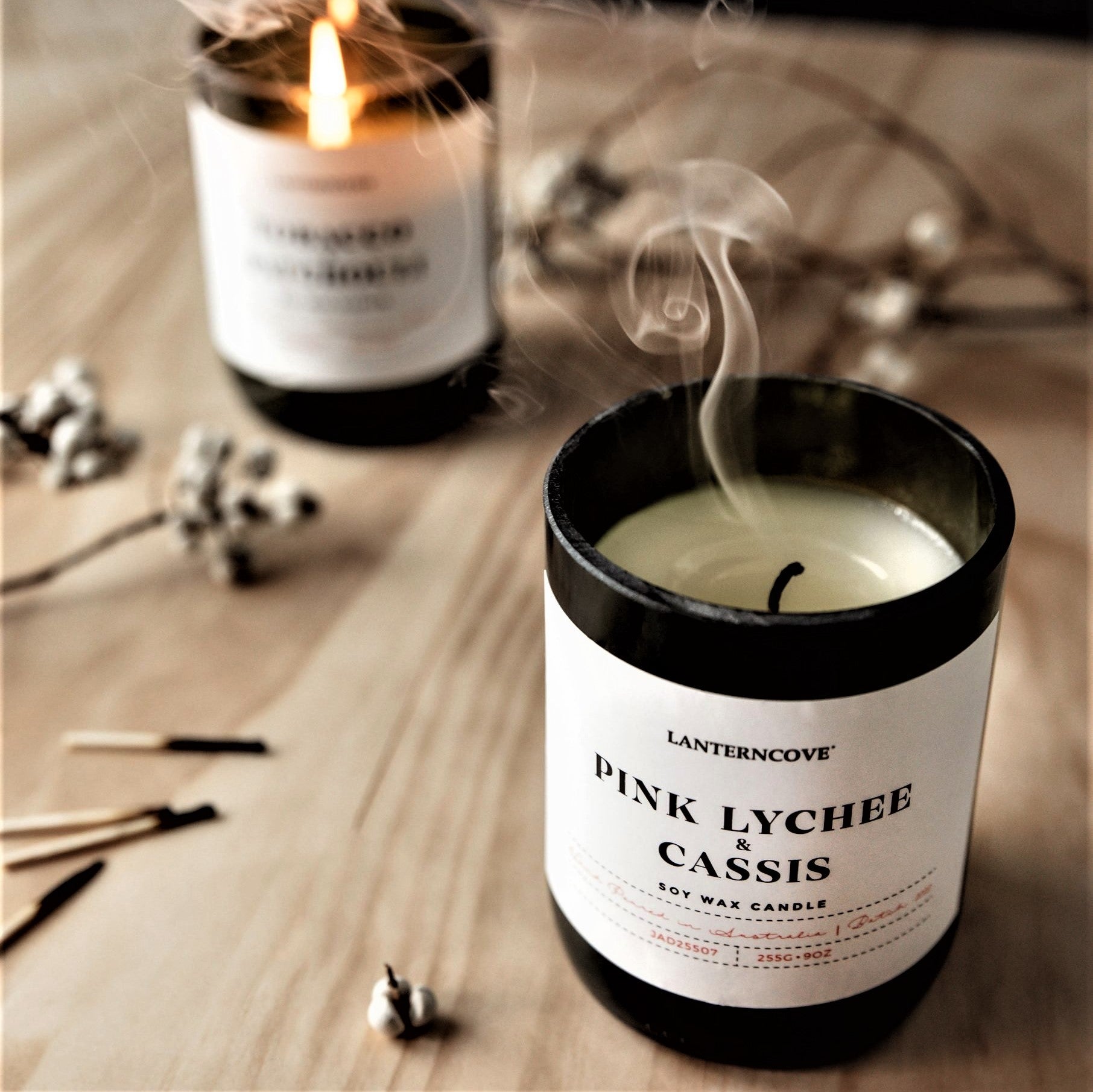Change Your Home with Eco-Friendly Soy Candles and Home Fragrance
Change Your Home with Eco-Friendly Soy Candles and Home Fragrance
Blog Article
From Wick to Wax: Understanding the Chemistry Behind Soy Wax Candles and Their Environmental Influence
As we brighten our spaces with the cozy glow of candles, there lies a world of intricate chemistry behind the relatively straightforward act of lighting a soy wax candle light. Join us as we decipher the scientific intricacies behind soy wax candle lights and discover their implications on our environment.
Soy Wax Vs. Paraffin Wax
When comparing soy wax and paraffin wax for candle light making, it is important to understand the distinct features and benefits of each product. Soy wax is a natural, eco-friendly resource stemmed from soybean oil, making it biodegradable and eco-friendly - home fragrance. On the other hand, paraffin wax is a byproduct of oil refining, which raises worries about its environmental effect and sustainability
Soy wax candle lights melt cleaner and produce much less soot compared to paraffin wax candle lights, making them a much healthier selection for indoor air top quality. In addition, soy wax has a reduced melting point, permitting for a longer-lasting candle that spreads fragrance a lot more effectively. Paraffin wax, on the various other hand, tends to melt faster and less cleanly, possibly releasing hazardous chemicals into the air.
From a sustainability viewpoint, soy wax is preferred for its biodegradability and eco-friendly sourcing, lining up with the expanding customer choice for environmentally mindful items. While paraffin wax has been a traditional choice in candle making because of its cost and convenience of usage, the shift towards environment-friendly choices like soy wax is gaining momentum in the market.
Chemical Composition of Soy Wax

Burning Process in Soy Candles
The chemical structure of soy wax directly influences the burning procedure in soy candle lights, influencing aspects such as melt time, fragrance release, and environmental effect. When a soy candle light is lit, the heat from the flame melts the wax near the wick. This fluid wax is after that created the wick as a result of capillary activity. As the fluid wax reaches the flame, it undergoes and evaporates combustion. The burning procedure involves the vaporized hydrocarbons in the wax responding with oxygen in the air to produce warmth, light, water vapor, and co2.
The combustion performance of soy candles is affected by the purity of the soy wax and the quality of the wick. Additionally, soy wax candle lights have a reduced ecological effect compared to paraffin candles due to their eco-friendly and naturally degradable nature.

Environmental Benefits of Soy Wax

Thought about a sustainable choice to conventional paraffin wax, soy wax offers noteworthy environmental advantages that make it a popular option among eco-conscious consumers. Soy wax burns cleaner look here and produces less residue than paraffin wax, contributing to far better indoor air top quality and minimizing the requirement for cleaning and upkeep. On the whole, the environmental benefits of soy wax line up with the growing demand for environment-friendly and sustainable products in the market.
Recycling and Disposal Factors To Consider
Reusing and correct disposal of soy wax candle lights play an essential duty in keeping ecological sustainability and minimizing waste in neighborhoods and households. When it comes to recycling soy wax candle lights, the initial action is to make sure that the candle light has actually shed completely.

In regards to disposal, if recycling is not an option, soy wax candles are biodegradable and can be safely disposed of in a Go Here lot of family waste systems. However, it is always advised to talk to neighborhood recycling centers or waste administration solutions for particular standards on candle disposal to ensure proper handling and ecological security.
Final Thought
Finally, the chemistry behind soy wax candles reveals their ecological benefits over paraffin wax candles. Soy wax, originated from soybean oil, burns cleaner and creates less soot when contrasted to paraffin wax. The burning procedure in soy candles is a lot more effective, bring about a longer and a lot more even melt. In addition, soy wax is biodegradable and renewable, making it a more sustainable choice for candle light manufacturing. Reusing and appropriate disposal of soy wax candle lights further add to their ecological impact.
When contrasting soy wax and paraffin wax for candle production, it is important to recognize the distinct attributes and advantages of each product (crystal soy candles).Soy wax candles melt cleaner and release less Discover More Here residue compared to paraffin wax candles, making them a healthier selection for indoor air top quality.Thought about a lasting choice to standard paraffin wax, soy wax provides noteworthy ecological advantages that make it a prominent selection amongst eco-conscious consumers. Soy wax burns cleaner and produces less soot than paraffin wax, contributing to much better interior air high quality and reducing the demand for cleansing and maintenance.In final thought, the chemistry behind soy wax candles reveals their ecological advantages over paraffin wax candle lights
Report this page